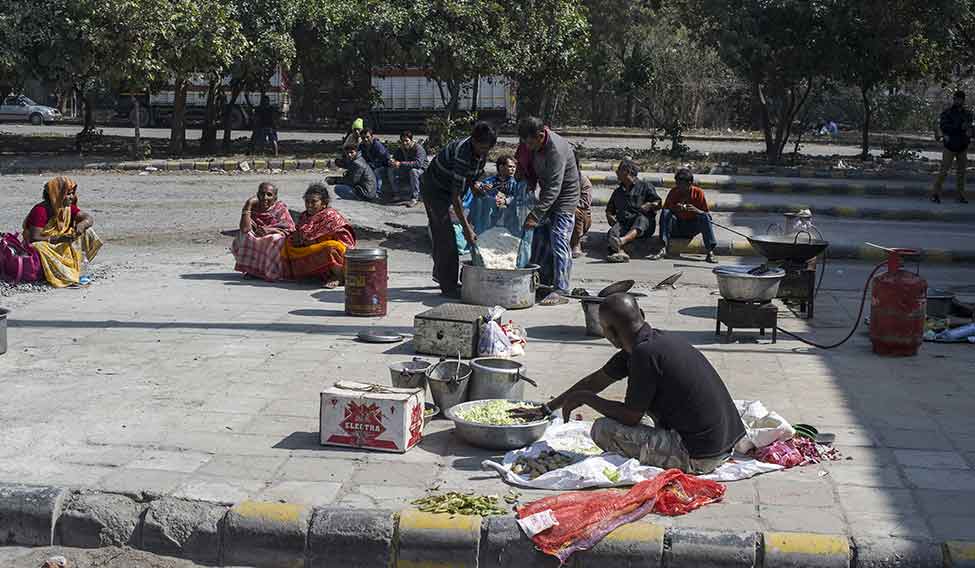When the Jat agitation in Haryana was at its peak, the number of water tankers fitted with diesel pumps zooming past regular city traffic went up significantly in Delhi, the agitators blocked water supply to the nation's capital. As many as 767 tankers were making up to four trips a day to supply water to the parched city.
Railway stations and bus depots in Delhi wore a look of despair with many travellers sleeping on platforms while waiting for bus and train services to restart. It pushed up air ticket prices, too. "Ticket prices are going through the roof. I am stuck at the airport," said Dishant Rathi, who missed his connecting flight to Jaipur as his flight from Mumbai landed late. As ticket prices shot up, some airlines launched extra flights to destinations close to Delhi, like Jaipur, Chandigarh and Lucknow.
A railway spokesperson said on February 23 that tracks were being cleared with the help of the Army and paramilitary forces. "The railways is committed to giving full compensation and refund to passengers and has been helping them to move to other major stations or bus stands," said Anil Kumar Sinha, the spokesperson. "Stations are found burned and damaged. Stalls and other infrastructure at stations have been destroyed," he said.
Arson was also reported from cities in Haryana like Karnal, Bhiwadi and Sonipat, which were recently included in the national capital zone. "The protestors set fire to showrooms and malls at some places, but did so only after removing everything from the stores," said Yashpal Singhal, director-general of police, Haryana.
For Delhiites, the biggest worry was the disruption of water supply. It forced a panicky Chief Minister Arvind Kejriwal to knock on the doors of the Supreme Court for help. The court asked the Haryana government to explain what it had done for resuming water supply to Delhi, but it criticised Kejriwal's decision to involve the Supreme Court in the matter. The court felt that states should talk to each other to resolve such issues.
Although the Army and the paramilitary forces managed to take back the control of major water installations, it might take some time before supply became normal. "Damage was done to make the sluice gates inoperable. It would take some time for completing the repairs, but the flow of water to Delhi has started," said Kapil Mishra, water resources minister of Delhi. His officials, however, did not sound so confident.
“The carrier line canal, which brings water to Delhi, is severely damaged. From what I saw, close to 150 feet of the line has been destroyed. We believe this has been caused by water pressure after protestors started to block the channel,” said Keshav Chandra, chief executive officer of the Delhi Jal Board. His main worry now is to provide water to Dwarka and the western Delhi belt in the next 15 days even while undertaking repair works.
Moreover, the threat of violence continues in Delhi. R.A. Sanjeev, deputy commissioner of police (southwest), said sparks were flying in new areas inside Delhi. “We are keeping a close watch over Najafgarh and some other Jat-dominated areas.”






